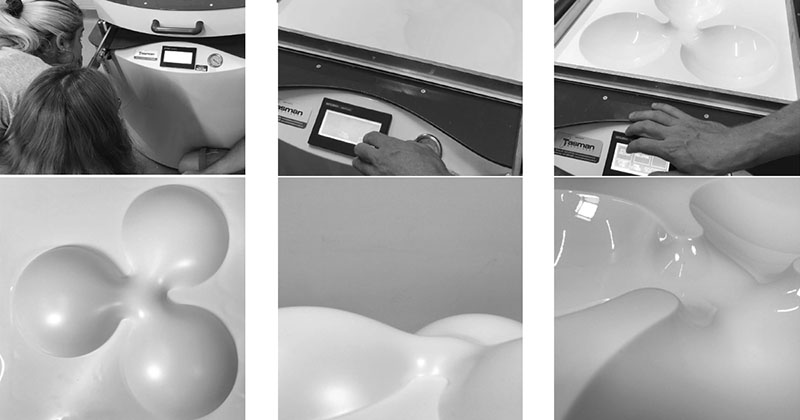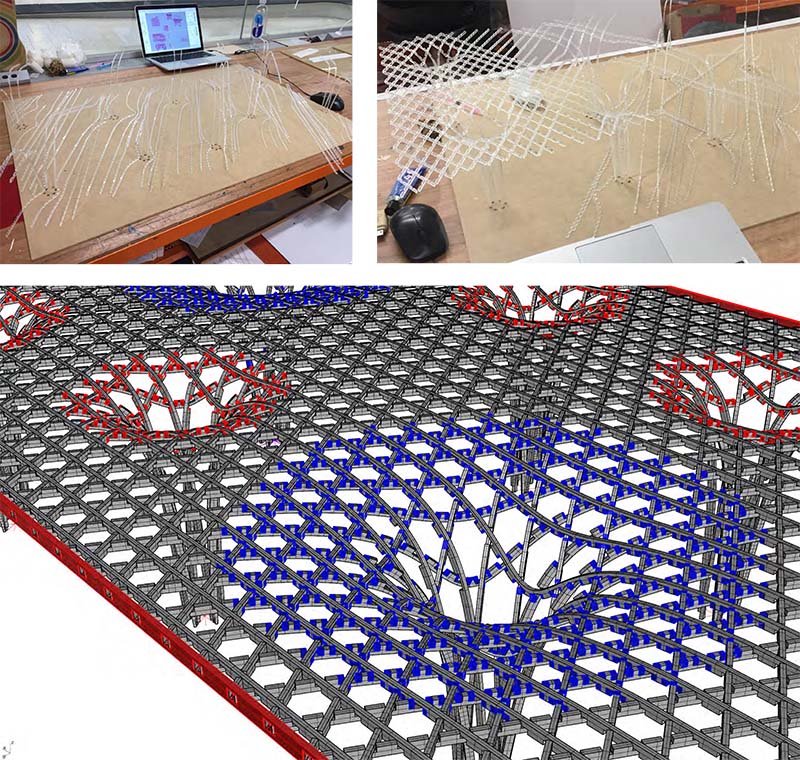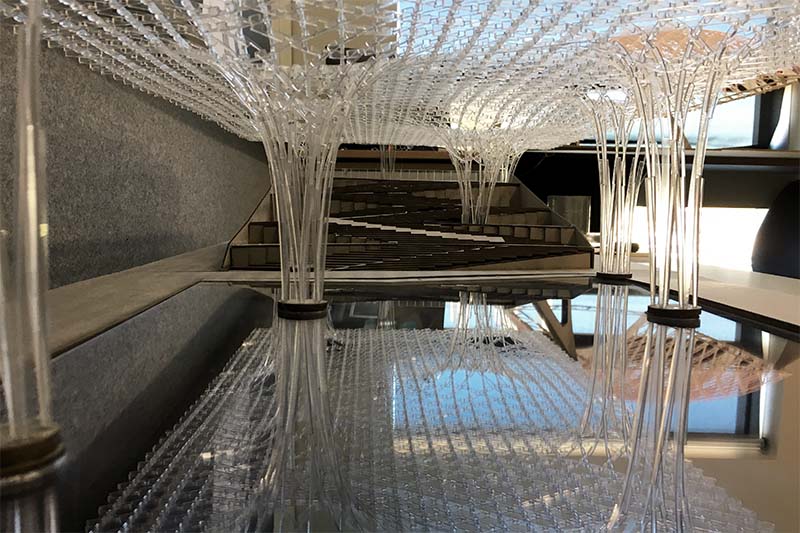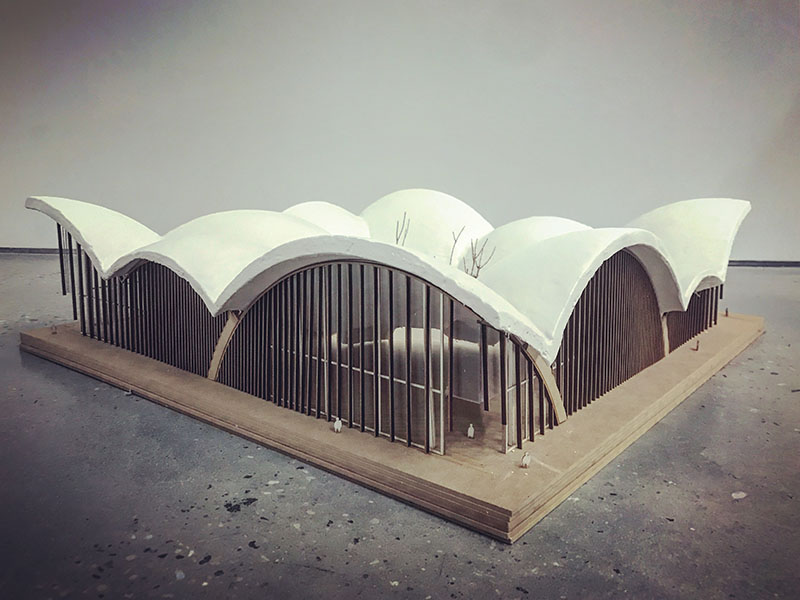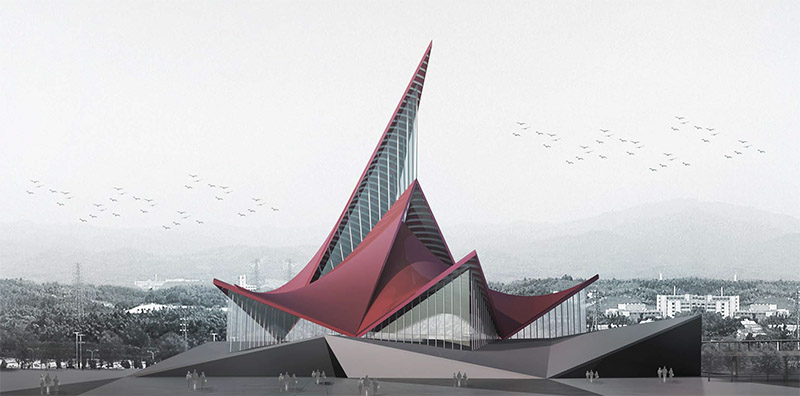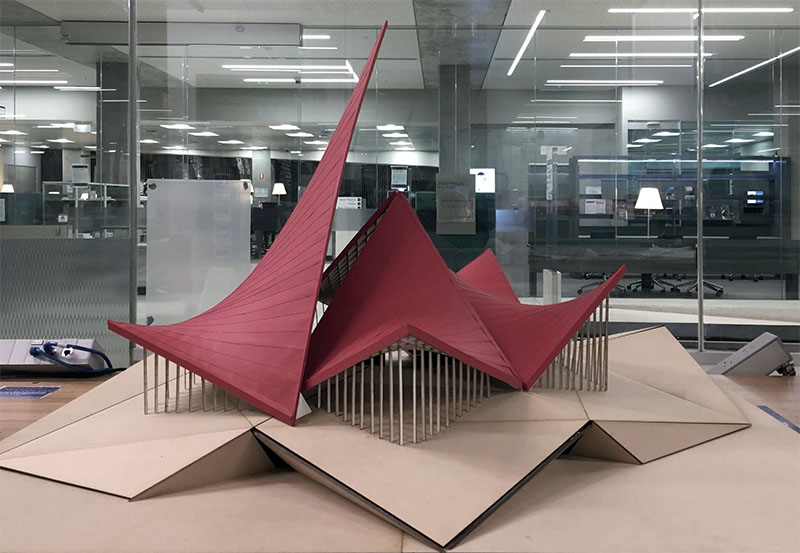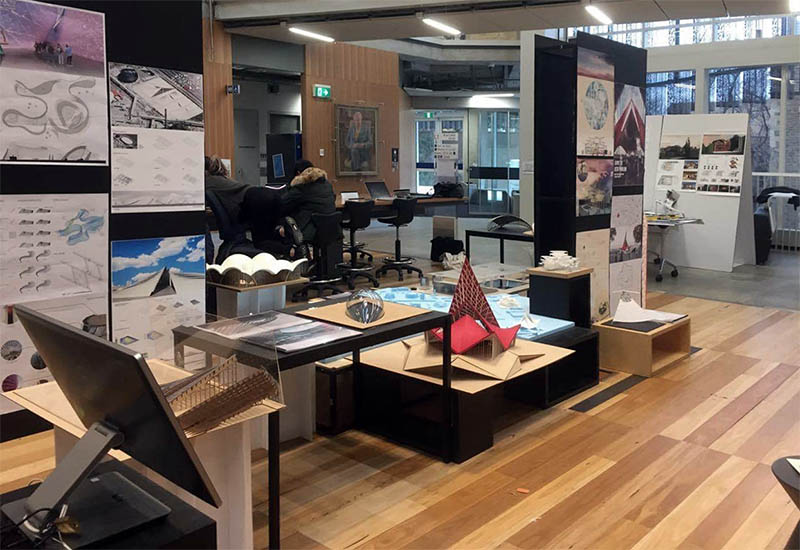The 7th edition of “How virtual becomes real” continued the research into the applications of form-resistant structures. The virtual and the real were synthesised by means of both physical form-finding and numerical/digital technologies.
The studio began dedicating 4 weeks to experimental and numerical form-finding techniques. The students were also exposed to different fabrication methods through the understanding of architectural precedents and the reconstruction of selected case studies. Here’s a selection of the pneumatic models made by the students through vacuum forming.





